Protecting Your Outdoor Water Faucets in Winter
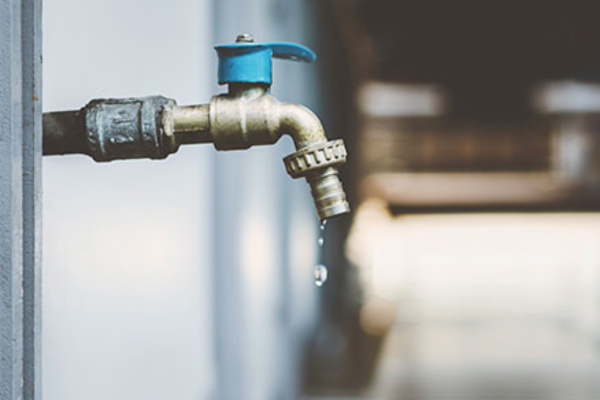
If you live in an area where winter temperatures drop below freezing, it’s important to protect your outdoor water faucets by draining them completely. Even if you have frost-free faucets, it's still wise to take a few minutes to drain them to ensure proper function.
When water freezes, it expands by about 9%. This expansion can exert over 100,000 psi of force, which can easily rupture your faucet or pipes and potentially cause flooding inside your home.
Steps to Drain Your Outdoor Water Faucets:
- Close the Inside Valve: Locate the valve inside your home that controls the water flow to your outdoor faucet. This valve is usually positioned closest to the wall where the pipe exits your home.
- Drain the Inside Valve: Place a small bucket under the valve. Unscrew the small drain plug on the side of this valve to allow any trapped water to drain out.
- Disconnect the Garden Hose: Remove any garden hose attached to the outdoor faucet.
- Open the Outdoor Valve: Open the outdoor faucet to let any remaining water drain out. Once drained, close the outdoor faucet.
- Replace the Drain Plug: Reattach the drain plug on the inside valve.
After winter, to use your outdoor faucet again, simply reopen the inside valve. Before doing so, ensure that the outdoor faucet is closed to avoid any potential leaks or flooding.
Additional Considerations:
- Uncover the Inside Valve: Make sure the inside valve is not covered by boxes, blankets, or other items. Covering this valve can insulate it and prevent warm air from circulating, which can lead to freezing and potential damage.
- Frost-Free Faucets: Many modern homes are equipped with frost-free faucets designed to prevent freezing. These faucets are typically a foot long and have a mechanism that keeps the valve beyond the wall, away from the cold. However, if these faucets are not installed correctly, they can still freeze. Therefore, it's still a good idea to drain them as a precaution.
- Insulated Covers: While insulated covers can help retain some warmth, they should not replace the draining process. In extremely cold conditions or when the faucet is exposed to strong winds, insulated covers alone may not be sufficient.
- Garden Hose Removal: Always disconnect your garden hose from the outdoor faucet. Water left in the hose can freeze and expand, potentially causing damage. If you need to leave the hose outside, ensure it is fully drained or use a compressor to remove all water.
Summary
By following these simple steps to drain your outdoor water faucets, you can avoid the risk of freezing and potential flooding during the winter months.
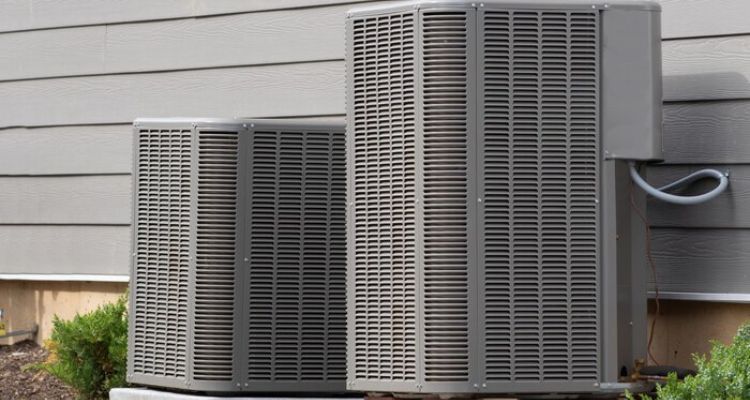
A cracked heat exchanger is never ideal, but it may not always be as dangerous as it sounds at first. If your furnace’s heat exchanger is damaged, replacement is necessary. The biggest concern with cracks is that they can allow carbon monoxide to leak into your home — and if that’s happening, the furnace should be shut down and replaced immediately. That said, not every crack automatically leads to hazardous gas leaks. Still, the safest approach is to be proactive: Schedule routine furnace inspections. Install an affordable carbon monoxide detector. Watch for warning signs such as corrosion, visible cracks, unusual odors, soot, or water pooling near the furnace. If you notice any of these signs, stop using your furnace right away and contact an HVAC professional. They can thoroughly inspect the system and confirm whether replacement is needed.

During a home inspection, professionals have their own standard lists of items to check. However, creating your own checklist ensures the inspector covers the areas that matter most to you and provides the information you need before purchasing a home. Making a personalized checklist offers two key benefits: It sets clear expectations, helping you choose the right inspector when comparing candidates. It alerts the inspector to any special tools they may need in advance. For example, a camera is essential for a proper chimney inspection. By sharing your checklist ahead of time, you make the inspection process more efficient and thorough, giving you peace of mind about your potential new home.
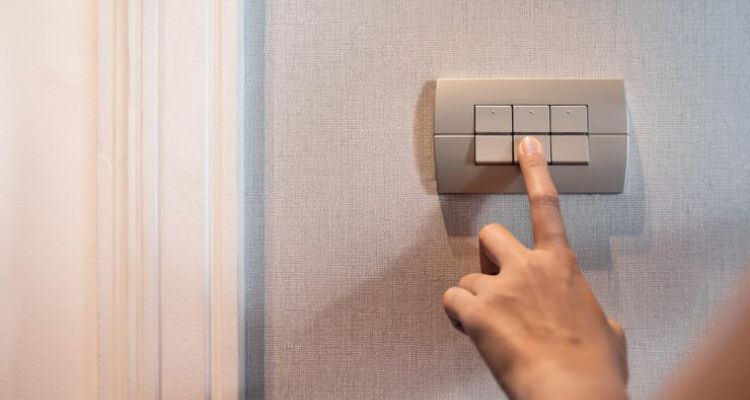
Updating your home’s electrical features doesn’t have to be costly. Installing dimmer switches is a simple upgrade that gives you personalized control over your lighting while helping reduce your energy bills. Lower Energy Costs With a dimmer switch, you can easily adjust the brightness of compatible light fixtures and bulbs. Using only the amount of light you need not only saves energy but can also lead to noticeable monthly savings. Customized Comfort Dimmer switches let you create the perfect lighting for any situation. Enjoy a theater-like atmosphere in your living room, or set softer bedside lighting for late-night reading without disturbing others. A small change like adding dimmer switches can make a big difference in comfort, energy savings, and the overall feel of your home.
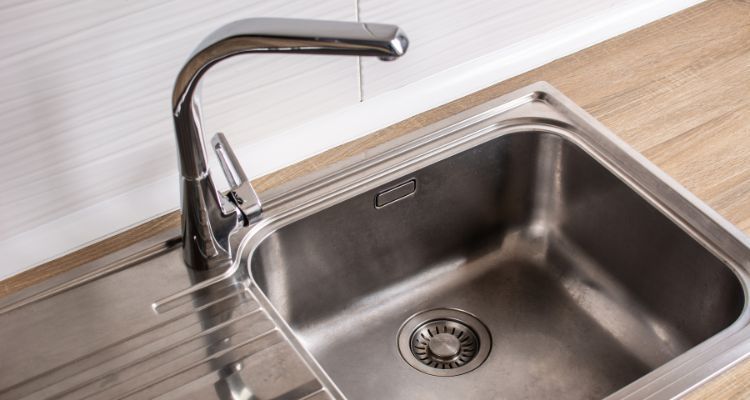
Cleaning your drains is a quick and easy home maintenance task that doesn’t require special skills or expensive products. In fact, harsh chemical drain cleaners can sometimes miss the real blockage and even wear down your pipes over time. A drain snake is a safer and more effective alternative. All it takes is a few seconds to insert the barbed drain snake into the pipe, twist it around, and pull out the clog. A couple of repeats will remove hair, soap scum, and other debris. Once finished, run water through the drain to confirm it flows freely. With just a few dollars and minimal effort, you can keep your drains working smoothly and avoid bigger plumbing issues down the line.
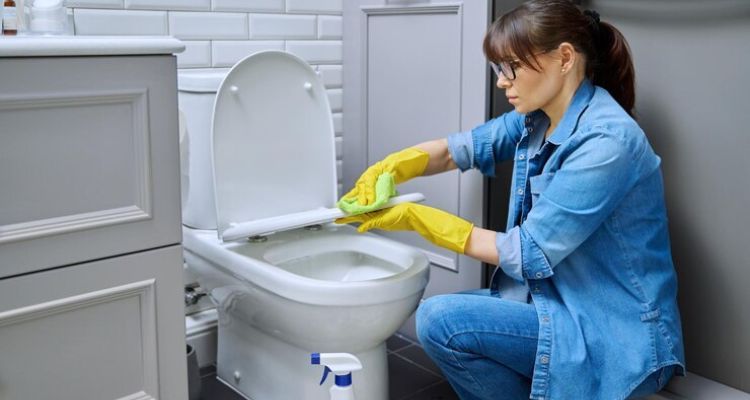
Calling a plumber for every clogged toilet can be both inconvenient and costly. And if you don’t have a plunger handy, there are still simple methods you can try to clear the blockage. As long as the clog is caused by toilet paper or organic matter, it’s usually easy to fix. Here’s what to do: Remove the tank lid and disconnect the chain so the valve remains closed. Fill a cup with hot water — the hotter, the better. Pour the hot water into the toilet bowl and wait a few minutes for it to loosen the clog. If hot water alone doesn’t work, add some soap. The combination of hot water and soap should break down the blockage. However, if the clog is still stubborn after trying these steps, it’s time to call a plumber.

Some packaging and household items are more durable than they seem — and with a little creativity, they can serve new purposes. Coffee Bag Ties – Many specialty coffee bags come with sturdy twist ties. Save them to bundle cables, cords, or rope neatly. Soda Bottles – Cut the top and bottom off a 2-liter bottle, smooth the edges, and fill it with plastic bags. Hang it inside a cabinet for an easy dispenser. Old Window Shades – Instead of buying new shelf liners, cut old or leftover shades to size. Local home centers may even have scraps you can repurpose. By reusing simple items from your kitchen, you’ll save money and give everyday materials a second life.




